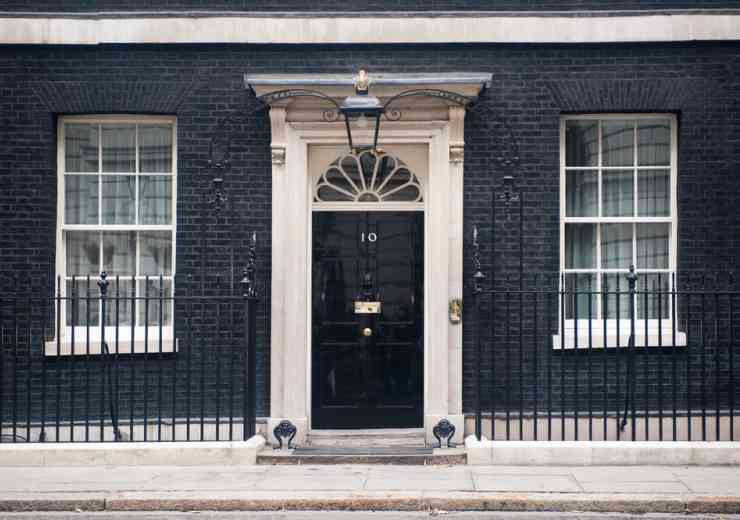Police hunt terror suspect
A terror suspect who escaped surveillance by changing into a burka on a visit to a mosque is being hunted by counter-terrorism officers.
Mohammed Ahmed Mohamed was last seen at a west London mosque on Friday afternoon. He entered the building wearing Western-style clothes, but CCTV images issued by Scotland Yard later show him leaving with his face and body fully covered by the traditional Islamic garment.
The 27-year-old is subject to a Terrorism Prevention and Investigation Measures notice (Tpim). A court-imposed anonymity order banning the publication of Mohamed's name has been lifted to allow police to make a public appeal, following an application from the Home Secretary.
Mohamed is "not considered at this time to represent a direct threat to the public", Scotland Yard said, but urged anyone who sees him to call 999 immediately.
Security Minister James Brokenshire said: " National security is the Government's top priority and the police are doing everything in their power to apprehend this man as quickly as possible.
"The police and security services do not believe that this man poses a direct threat to the public in the UK.
"The Home Secretary, on police advice, yesterday applied to the High Court for an order protecting anonymity to be lifted in order to assist with their investigation."
Somalia-born Mohamed, who is 5ft 8in tall and of medium build, arrived at the An-Noor Masjid and Community Centre in Church Road, Acton, at 10am on Friday and was last seen there at 3.15pm that day.
He is the second person to breach a Tpim since they were introduced to replace control orders in early 2012.
A Scotland Yard spokesman said: "The Counter Terrorism Command immediately launched inquiries to trace Mr Mohamed and these continue.
"Ports and borders were notified with his photograph and details circulated nationally. Public safety remains our priority."
Tpims, which include restrictions on overnight residence, travel and finance, are imposed by judges who are given access to secret evidence that can not be placed before juries. They do not allow for the relocation of suspects, as control orders did.
Unlike control orders, Tpims have a maximum time limit of two years. Control orders could be extended year on year without limit, while Tpims can be extended after a year for another 12 months before they expire.
As of August 31, there were nine Tpims in force, including eight against British suspects, the latest written update to MPs showed.
Last December, Ibrahim Magag, who is understood to have attended terrorist training camps in Somalia, absconded from a Tpim notice after ripping off his electronic tag. The police search for him is continuing.
The terrorism watchdog warned earlier this year that Tpims could allow those deemed potentially dangerous to be left "free and unconstrained" in the absence of prosecution or new evidence of terrorism-related activity.
David Anderson QC, the independent reviewer of terrorism legislation, said in his first report on Tpims, that the two-year limit was the "boldest" change from control orders made by the Government, adding that it was "tempting, in the most serious cases, to wish for longer".
Speaking in March, he said: "Some subjects who have been judged by the Home Secretary and by the courts to be potentially dangerous will then, absent prosecution or new evidence of terrorism-related activity, be free and unconstrained.''
Mr Anderson said a longer time limit was tempting as allegations against some Tpim subjects were at the ''highest end of seriousness, even by the standards of international terrorism''.
However, he concluded that the two years of constraint now permitted were ''a very strong power by international or indeed historic British standards''.
Mr Brokenshire has defended the measures, describing them as providing a "robust mechanism" to manage suspects and reassure the public.
Reas
digital issue


























